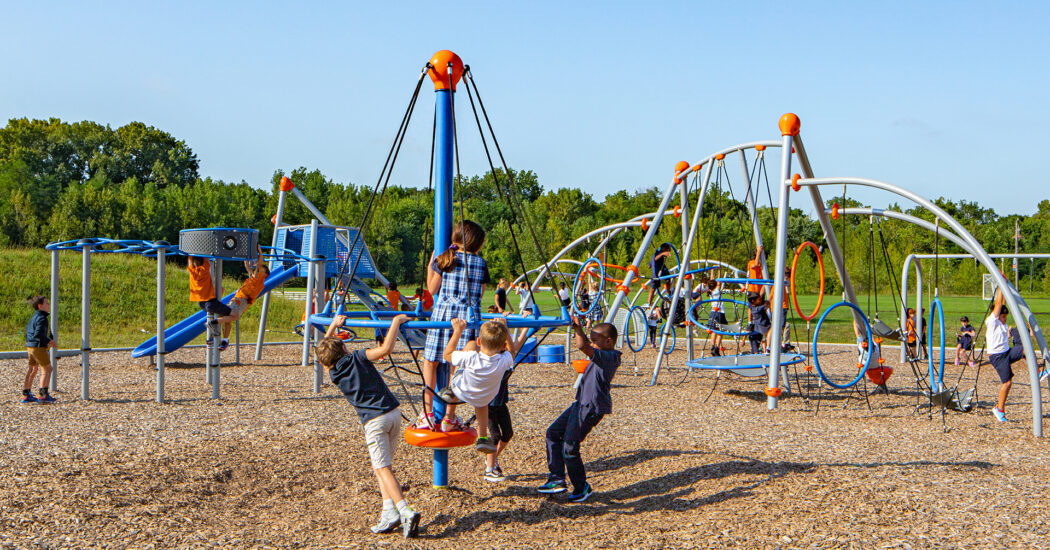Why Should I Use Native Plants?
-
Category
Innovation -
Posted By
Craig Flandermeyer -
Posted On
Jun 17, 2015
Schmidt Associates predominantly utilizes native plants in our landscape designs. A simple definition of native is a species that originated in a geographic region without human involvement. These plants are best adapted for Indiana climate variations and the local pests. Drought and disease resistance are great attributes of native species, but as evidenced by the damage caused by Emerald Ash Borer, an Asian beetle decimating native ash trees; native plants alone cannot replace the value of biodiversity in a planting. A rich, biodiverse palette not only provides visual interest, habitat, and food sources; it also protects against disproportionate loss of any one species. Pollinators benefit from the multiple bloom times and nectar sources that diverse plantings provide. As evidenced by the decline of Monarch butterfly populations, biodiverse plantings including milkweed are necessary for healthy ecosystems.
Three easy to grow, highly ornamental natives include:
Echinacea purpurea or purple coneflower is a full sun, perennial native plant. Enjoy the blooms all summer and into the fall as goldfinch feed on the seeds.

Amelanchier canadensis or serviceberry is a small, ornamental, native tree. Its brief white spring bloom is followed by edible blueberrylike fruit. Robins, Cardinals, and many other birds love this plant.


Stylophorum diphyllum or celandine poppy is great for spring color. This woodland wildflower thrives in moist semi-shaded areas and will colonize by self-seeding. It is not easy to find in stores; grow this plant and share with friends!


Remember that native plants are adapted and require lower maintenance, but that “no maintenance” is not realistic based on cultural aesthetic expectations. Planting from seed may take a couple years of knocking back more aggressive weeds before the desired plant matrix is developed. Once established, a mixed native grass/wildflower planting may need to be mowed early spring to tidy up the dead foliage. Leaving this foliage through the winter provides visual interest and habitat. Aesthetics are typically more the cause of maintenance versus cultural needs of the plant.
Indiana’s native plants are beautiful! Let’s use them to cultivate a healthy, vibrant and diverse ecosystem.







